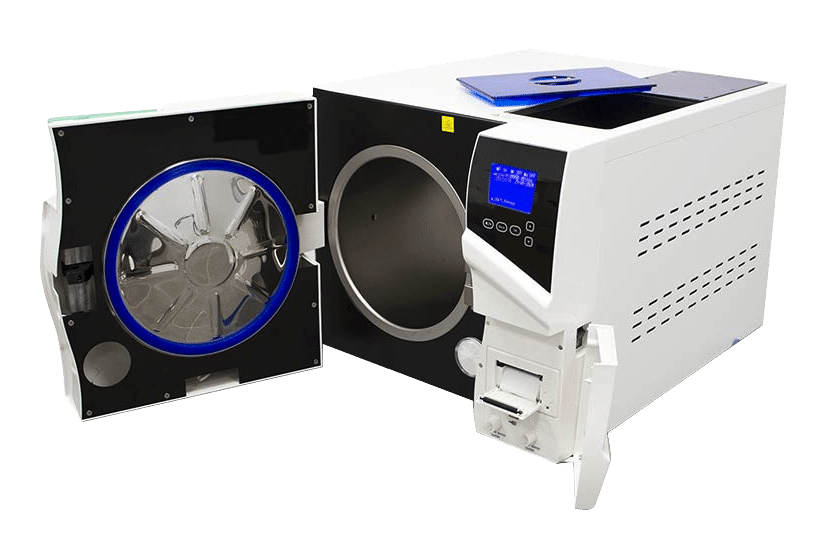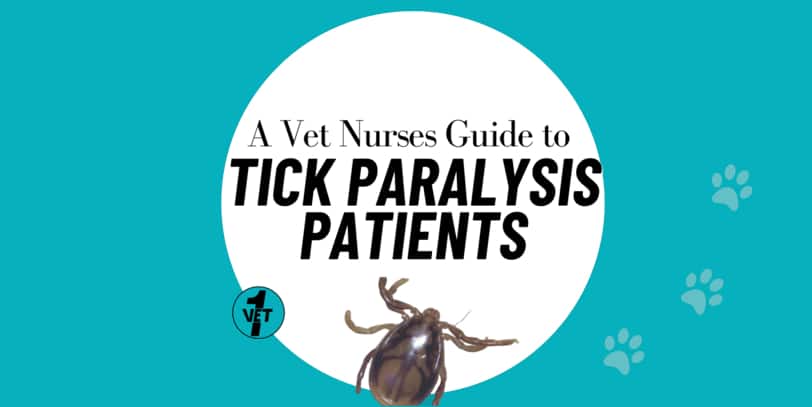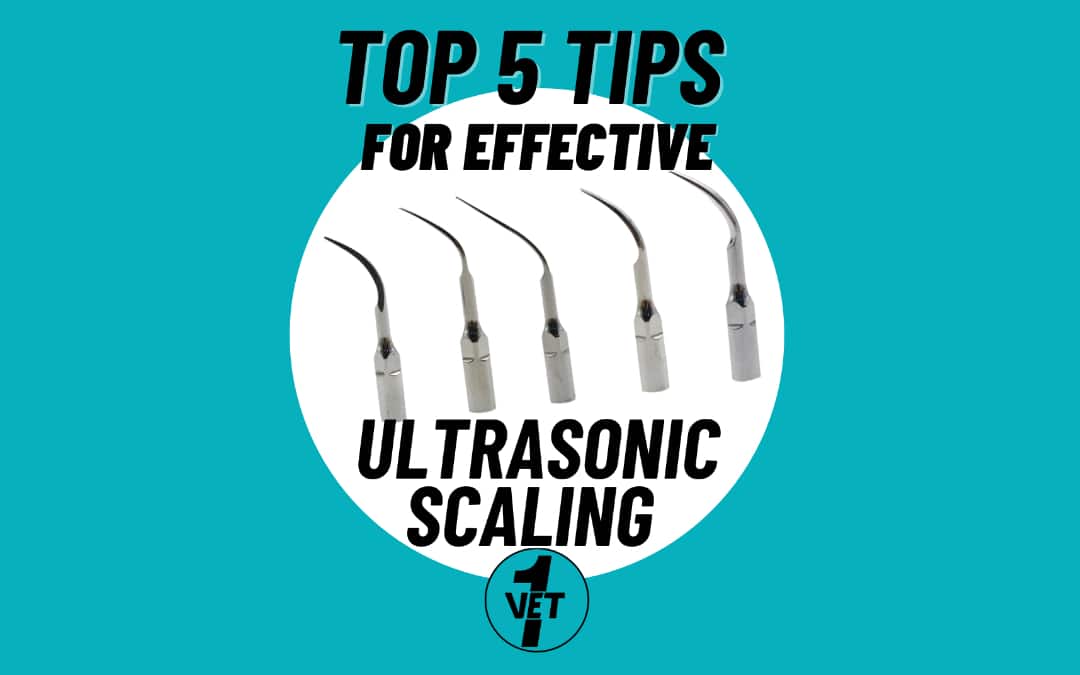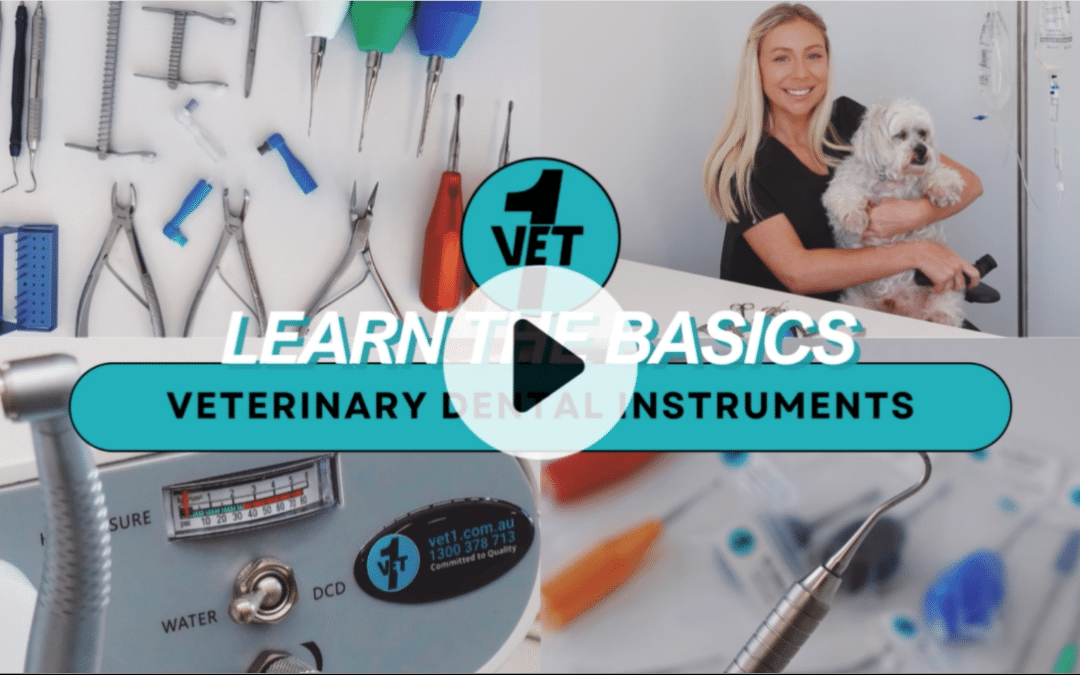Autoclaves are items of equipment that are used in Veterinary practices to sterilize all of the instruments and all of the materials used in professional procedures.
Class B autoclaves
Class B autoclaves are compact, but their performance levels are comparable to those of the largest machines in hospitals. The letter “B” stands for “big small sterilizers”, because they are small machines that offer ig performance.
Any type of load can be sterilized in a Class B autoclave. This includes porous materials, products in pouches, textiles and hollow items such as wands, turbines and tips. The applicable standard for equipment of this kind is EN 13060, which is specifically dedicated to small steam sterilizers (i.e. machines with a sterilization chamber that is smaller than the sterilization unit).
The standard distinguishes between sterilization cycles on the basis of the materials being sterilized (solid loads, type A solid loads with hollow sections and type B solid loads with hollow sections).
Class S autoclaves
Essentially, it is an intermediate class between Type N and Type B autoclaves and the characteristics are not defined by any standards. It simply depends how they are made. Only the manufacturers can provide details of their performance capabilities, which are established by specific tests. Just because its classed as an S, doesn’t mean it can do porous materials & textiles.
Class N autoclaves
Class N autoclaves are compact, and they are for sterilizing simple materials. The letter “N” stands for “naked solid products”. Therefore, these autoclaves cannot be used to sterilize textiles, porous loads, hollow items or even products in pouches, as the cycles do not have the right characteristics to pass specific physical tests.
Another potential weakness of these machines is that the required steam penetration cannot be guaranteed. Among other things, it is dependent on the creation of a vacuum at the start, which is not obligatory in these machines.
Conclusion
Therefore, the most suitable machine for a veterinary practice is a Class B autoclave, because it offers greater flexibility and is suitable for a wide range of settings.
Although they are small, Class B autoclaves can offer outstanding performance, unbeatable efficiency, and the highest possible safety standards. Their noteworthy strengths include easy handling thanks to their ergonomic designs and energy savings due to their low power consumption. User-friendly Class B autoclaves are the epitome of hygiene and safety, as well as practicality and efficiency.
BATTERIES & BULBS
AIR STERILIZER
SMALL ANIMAL
Millpledge Catheters
Tom Tiddle – Kitty Kath
– Jimmy Riddle
Millpledge Wrapz – Bandages
Chewy NoNo
Funny Farm
Millpledge Ease-Off
Bandage Remover
Millpledge Dermafuse Tissue Adhesive
Spey Hooks / Aural Forceps
Monitoring





